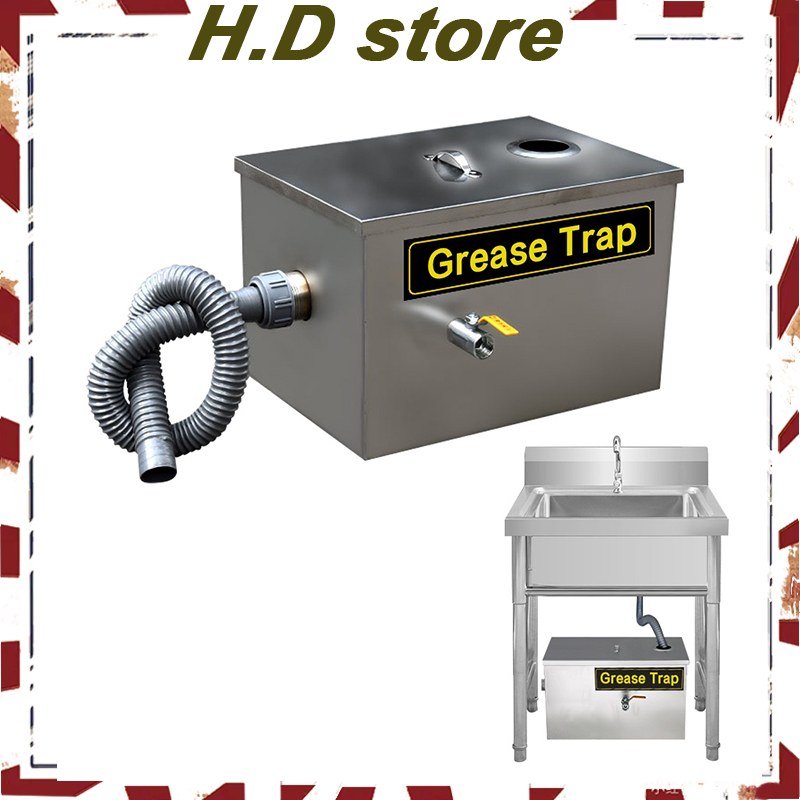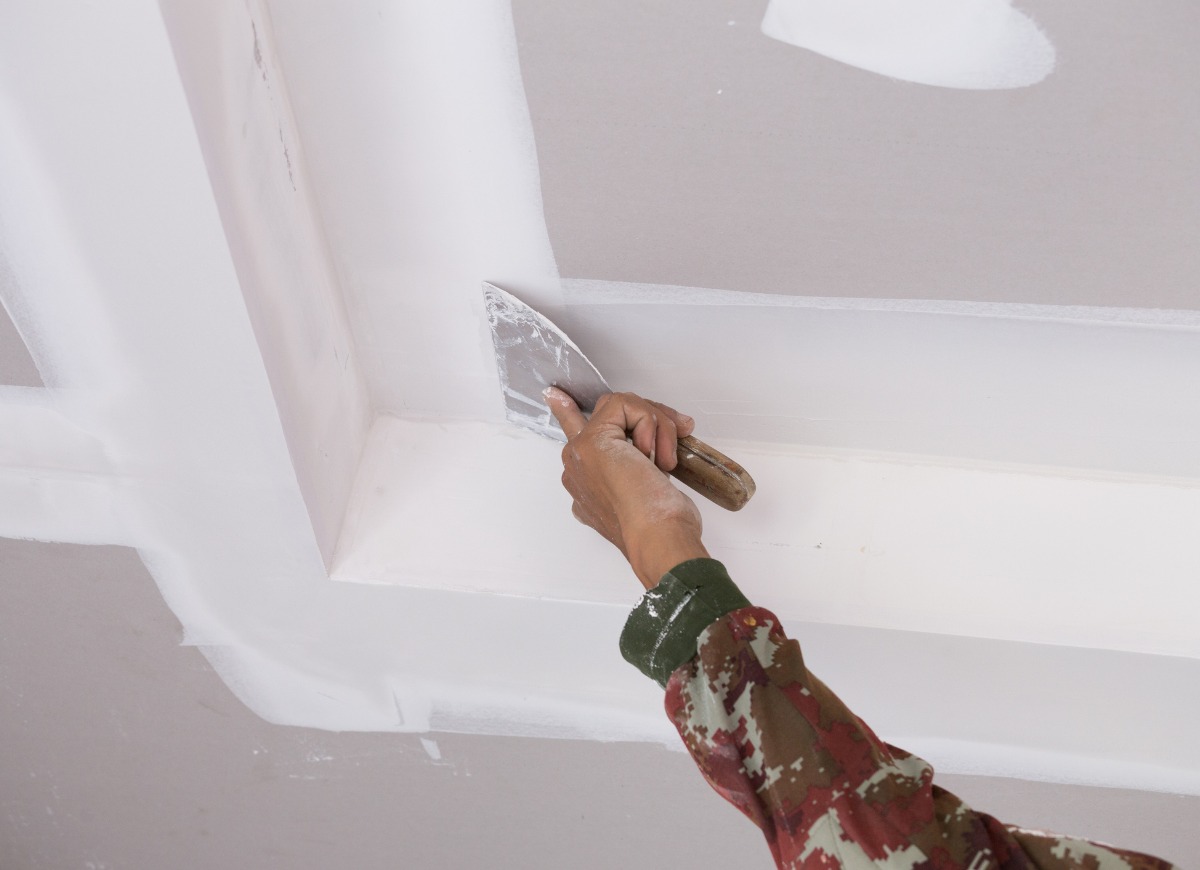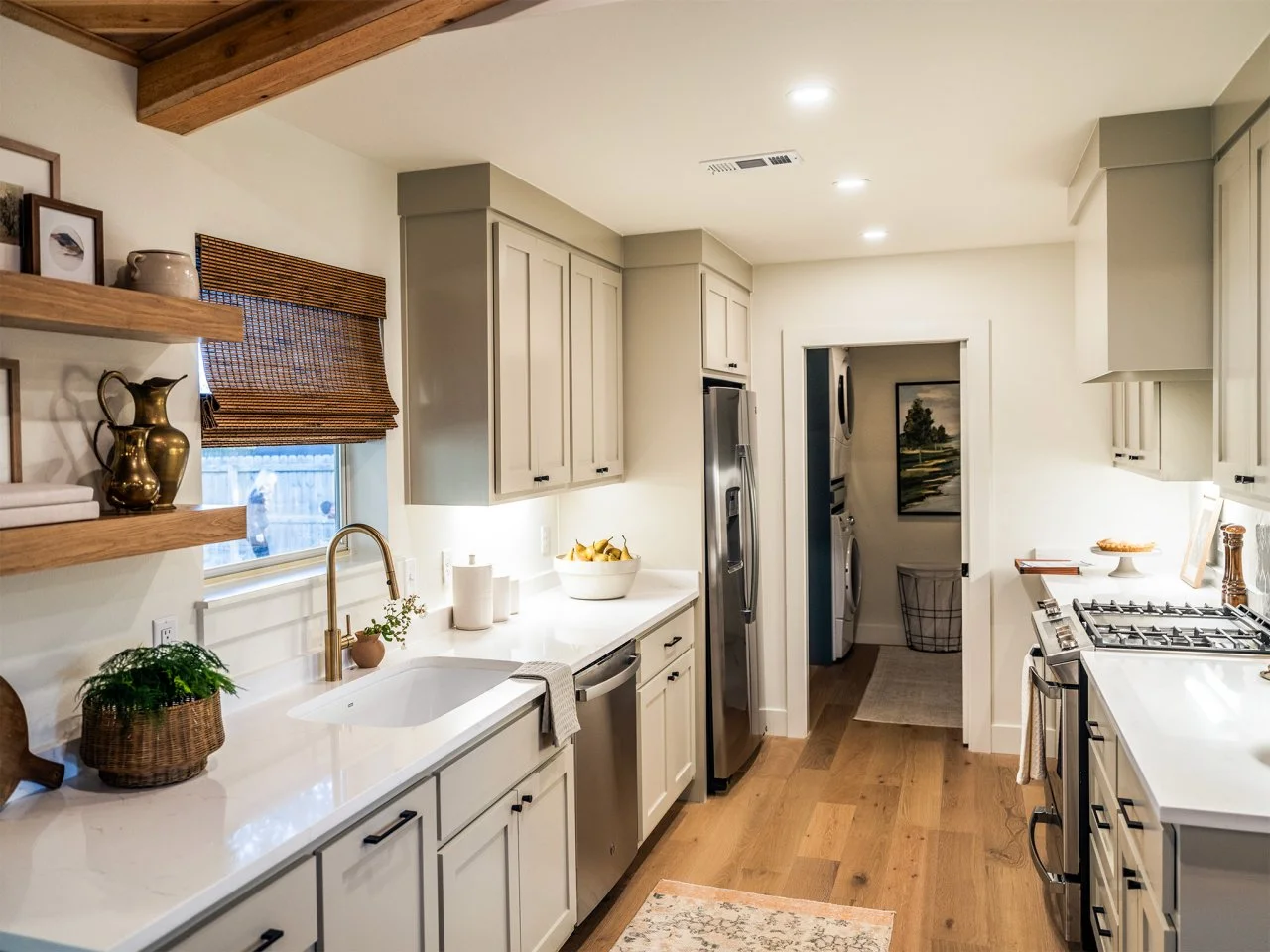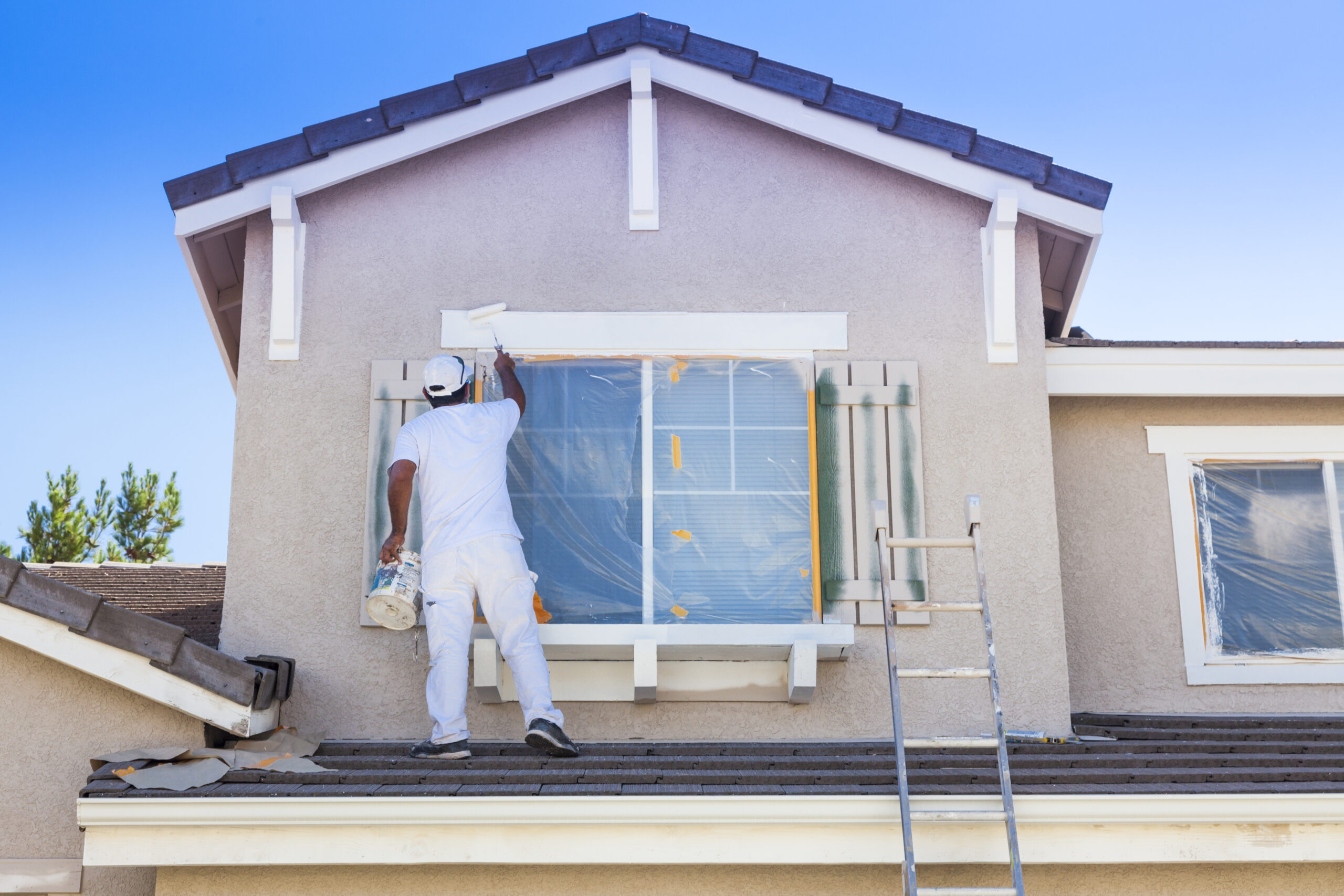A grease interceptor filters residual fats, oils, and grease (FOG) from wastewater as it leaves kitchen sinks. The FOG floats in the wastewater while solids settle, allowing clear water to flow through to the city sewer system.
Government regulations require commercial foodservice facilities to install grease traps and maintain them on a routine basis. FOG build-up can lead to sewage blockages in kitchen drains and in the city sewer lines. Click the Grease Trap Perth to learn more.
A grease trap is a container that separates fats, oils and greases (FOG) from wastewater before it enters the municipal sewer system. FOG, which also contains sugar and other solids, can gum up drain pipes and cause clogs. Health inspectors typically require large establishments to have grease traps or grease interceptors installed to protect the sewer system.
A typical grease trap consists of an inlet pipe, baffles and an outlet pipe. Wastewater flows into the inlet pipe and through the baffles to help slow the flow. The cooled water then passes through the outlet pipe into the sewer system. FOG floats at the surface of the grease trap while the rest of the wastewater sinks into the tank. The floats and other solids are then collected in the bottom of the trap.
Grease traps and interceptors are available in a range of sizes to meet the needs of different facilities. A restaurant’s FOG flow rate will determine the size and type of unit that is best for the site. For example, a small coffee shop may only need a smaller passive hydromechanical grease trap while larger restaurants or bakeries will require a much bigger passive or automatic FOG interceptor with a larger capacity to handle high-volume FOG flows.
Both types of grease traps need to be cleaned on a regular basis to remove the buildup of FOG and other solids. Depending on the size of your grease trap or interceptor and the volume of solid waste you generate, it should be cleaned every one to three months.
If you don’t maintain your grease trap regularly, it can cause backups and spills. This can lead to lost revenue for your restaurant, customer complaints and costly repairs. It can also pose a safety risk for your staff and create unpleasant or hazardous odors.
Keeping your grease trap clean helps protect the sewer system, avoids fines and provides a safer work environment for employees. It’s important to educate your staff on what can and cannot go down the drain, provide grease disposal containers for unsafe items and use a professional grease management service company to clean the traps on a routine schedule.
Why Install a Grease Trap?
Having a grease trap helps protect your kitchen plumbing from costly repairs. It also helps your business comply with sanitation and environmental regulations.
Grease traps are designed to intercept fats, oils and greases (FOG) in wastewater before it goes into your sewage system. Without a grease trap, FOG can solidify in pipes and cause foul odors, backups, clogs and sewer overflows. FOGs can even contaminate drinking water. A grease trap prevents these issues by catching and holding FOG waste while allowing other debris to pass through the drain.
While you could technically install a grease trap on your own, it’s best to leave installation to a professional. The right size, location and design are essential for a successful grease trap. An experienced plumber will take into account your kitchen’s volume and type of cooking, along with your local laws and sanitation requirements, to find the best grease trap for your establishment.
Once installed, your grease trap should be pumped regularly. The frequency depends on how much your business produces, but it’s generally every 1-3 months. It’s important to keep up with this schedule so your grease trap doesn’t get too full. A clogged or overflowing grease trap can lead to dangerous health and safety issues for workers and customers, as well as a major disruption to your business.
In addition to scheduling regular maintenance, it’s vital that your business follows proper disposal practices to minimize the amount of FOG that goes down your drains. This includes educating staff on what can and cannot go down the drain, providing separate garbage containers for unsafe items, and avoiding pouring FOG directly down the sink.
Not only are the FOGs that are poured down your drains a health and safety issue, but they can also block and restrict the flow of wastewater and cause expensive damage to your plumbing. A properly maintained grease trap keeps these contaminants out of the sewage system, where they can degrade municipal wastewater systems and pollute the environment.
Grease Trap Installation
Choosing the right grease trap and having it installed correctly is crucial to ensure a long-lasting and effective grease trap. It is recommended to hire a professional service provider who will help you choose the right size and type of trap for your facility, as well as get necessary permits and approvals from local authorities. They will also help you in performing regular maintenance, testing and inspections of your grease trap to ensure it is functioning properly.
The process of installing a grease trap involves digging a hole for the tank and connecting the inlet and outlet pipes. The inlet pipe carries wastewater from kitchen drains into the grease trap, while the outlet pipe carries treated water to the sewer system. It is important to make sure the inlet and outlet connections are sealed tightly to prevent leaks. It is also important to install a vent pipe to prevent the buildup of gases inside the trap.
A grease trap should be cleaned and pumped out on a regular basis to prevent blockages and ensure proper functionality. Regular maintenance and adherence to local regulations will also enhance the longevity of your grease trap.
While it might seem convenient to pour fats, oils and grease down the drain, doing so is a major health hazard and can cause serious issues for other establishments and for the local sewer system. Grease can build up and block drains, causing them to overflow or break. This can lead to expensive repairs and even environmental damage.
Grease traps are an effective solution to minimize the amount of FOG that enters sewer systems. They are a cost-effective way to protect your plumbing system and reduce costly blockages.
It is recommended to have your grease trap regularly inspected, tested and maintained by a professional service provider to prevent problems like overflows and spills. It is also important to train your staff on proper disposal practices to minimize the amount of grease and solids that goes down sinks.
Grease Trap Maintenance
Keeping a grease trap properly cleaned and inspected reduces the risk of plumbing problems, ensures compliance with health and environmental regulations, and extends the lifespan of the unit. Regular maintenance helps prevent clogs, overflows, and other problems that can disrupt kitchen operations and lead to costly repairs and fines.
When selecting a grease trap maintenance service, it’s important to find a company that provides professional, reliable services at an affordable price. A reputable firm will have experience working with a variety of different types and sizes of grease traps. They will also be familiar with local ordinances governing waste disposal and can help businesses avoid expensive fines by maintaining compliance.
Grease trap cleaning services should include power washing the exterior of the tank to remove built-up debris; pumping out wastewater and grease using a vacuum truck; scraping the walls of the trap to thoroughly clean them; disinfecting the inside of the trap; and dumping accumulated solids in accordance with local regulations. Services should also include educating staff on proper waste disposal practices, which can significantly reduce the amount of FOG that enters the trap.
A clogged or poorly maintained grease trap can cause unpleasant odors and even backups in the sinks and drains of the entire restaurant. It can also result in the costly replacement of the entire trap. Regular maintenance is crucial to the success of any commercial kitchen.
It’s recommended that restaurants have their grease traps cleaned on a consistent schedule, generally every one to three months. However, the exact frequency of cleaning will depend on usage volume, size of the trap, and local ordinances. If a grease trap has not been cleaned in a long period of time, it may be necessary to flush the trap by pouring water into it. This process should be done slowly and carefully, while wearing rubber gloves, protective coveralls, and a nose plug or gas mask to protect against hazardous fumes. Once the trap is empty, it should be inspected for cracks, dents, and other damage before being put back into service. A detailed inspection log should be kept to track grease volumes, cleaning schedules, issues, and repairs.




